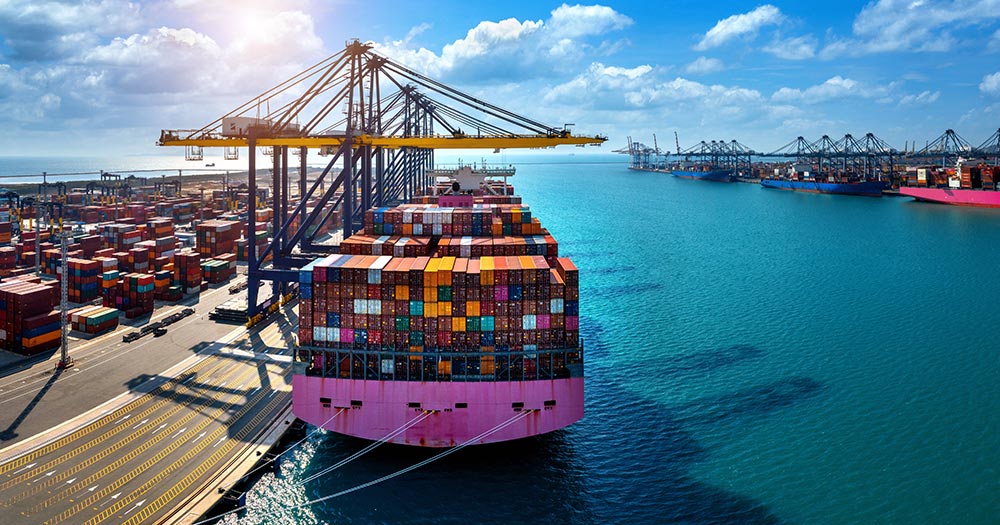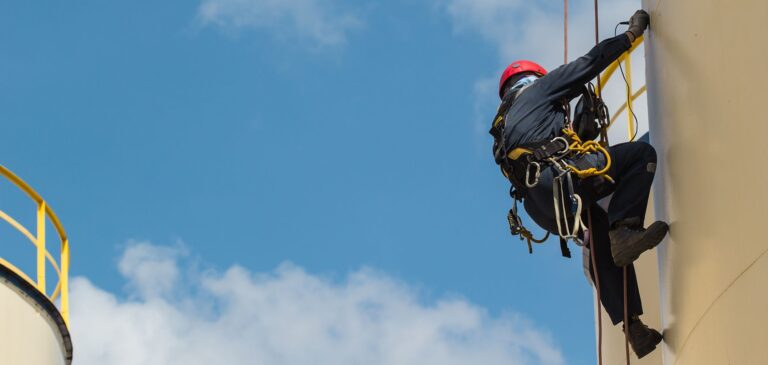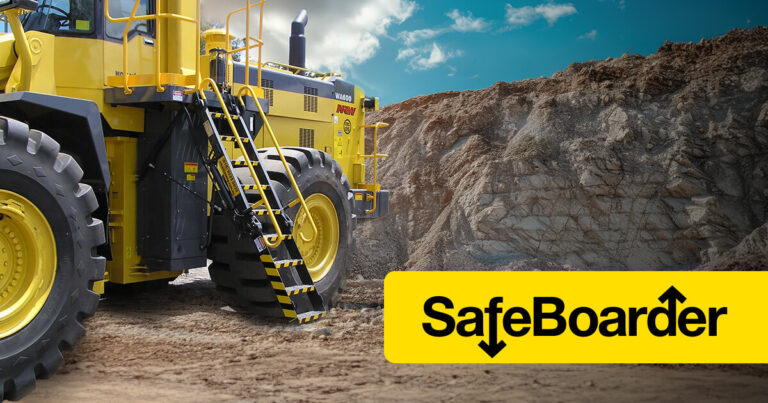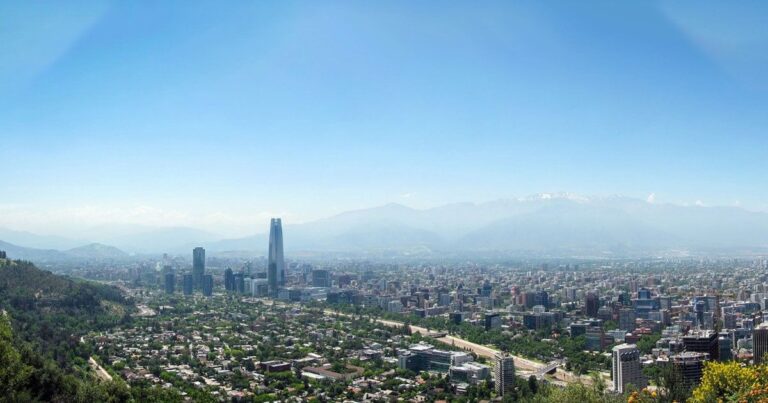
In the dynamic world of maritime cargo transportation, it is crucial to stay updated on events that can significantly affect business operations. Recently, we have witnessed a series of important developments related to the crisis in the Red Sea that we want to share with you.
One of the most visible consequences of the crisis in the Red Sea has been the rise in freight rates on several major routes. According to the Batic Freightos Index (FBX), we have observed an 8% increase in spot rates on the Asia - Northern Europe route, reaching US$4,757/FEU. Similarly, on the Asia - Mediterranean route, rates have risen by over US$1,000, reaching approximately US$6,700/FEU. These increases have occurred as shipping lines implement general rate increases to cope with the situation.
Safety is a priority for all parties involved in maritime transportation, and the crisis in the Red Sea has led many shipping lines to divert their routes to avoid risky areas. This reorganization of navigation routes has generated a series of operational and logistical challenges that are affecting the efficiency and costs of cargo transportation.
In addition to challenges in navigation routes, the crisis in the Red Sea has had a significant impact on the global supply chain. Shortages of empty containers and reduced space availability at some Asian ports are just some of the challenges facing shippers and cargo owners. We have also observed an increase in maritime transportation emissions due to the need to divert ships onto longer routes.
While the current situation presents significant challenges, it is important to note that the maritime market is highly dynamic and subject to rapid changes. Moving forward, we are likely to see greater stabilization in rates and transit times, but it is important to stay informed and prepared for any eventualities.
At EYMAQ, we are committed to providing you with reliable and efficient solutions for your cargo transportation needs. We are closely monitoring the situation in the Red Sea and working diligently to minimize any impact on your operations.
This information was extracted from:

The only way to safely arrest a falling worker is a fall arrest system. To be effective, it is essential that the vertical distance traveled by the falling worker be the same as the vertical distance traveled by the falling worker.

Lima, abril de 2025 – Eymaq, proveedor especializado en soluciones para maquinaria pesada y operaciones mineras, anuncia con orgullo su nueva alianza comercial con Australian Equipment Engineering para la distribución

Chile, uno de los países más ricos y con una de las economías más estable de América latina durante las últimas décadas, es noticia a nivel mundial, después de los
13775 SW 145 CT Miami FL 33186
+1 (305) 232-2621
contact@eymaq.com
Edificio Platinum Plaza Torre B
Andres Reyes 437, Oficina 602
San Isidro, Lima
+51 (1) 705-8265
ventasperu@eymaq.com
Calle 138 # 72A – 40
Oficina 404
Bogotá, Colombia
+57 (601) 508-4341
ventascolombia@eymaq.com
Hola, haz clic en uno de nuestros representates para chatear por Whatsapp